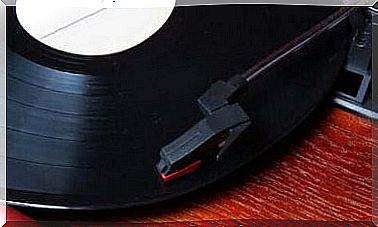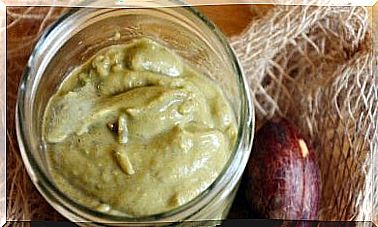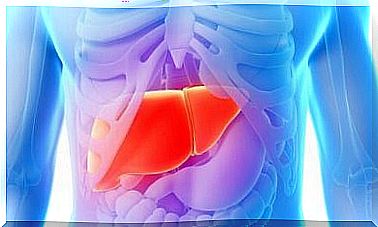Tendon Sheath Inflammation In The Hands And Feet
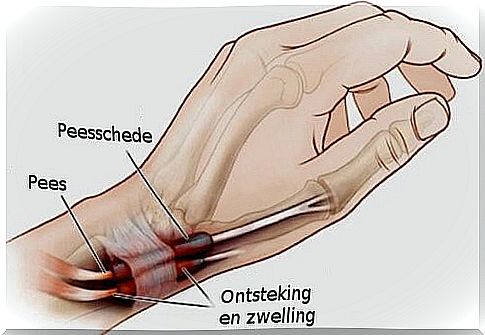
The name may sound a bit strange, but in reality it is a problem that many of our readers will experience at some point in their lives. Tendonitis is the inflammation of the lining of the protective sheath that covers the tendon.
It can appear as a sudden swelling and redness of the skin in the hands or feet. Although you are not hurt, the pain is severe and disabling, even when you are resting.
Experts believe it is important to get an early diagnosis. This will prevent the inflammation from further damaging the tendons and sheath and causing more serious problems. If you experience discomfort, consult an expert.
Below we give you some important facts about this condition.
Tendon sheath inflammation: debilitating joint pain
To understand what tendon sheath inflammation is, we must first look at the tendons. This perfect structure anchors the muscles in our hands to the bone. The tendon is covered with a sheath, the synovial membrane that protects and insulates the tendons. This is exactly where the inflammation and pain occurs.
What is immediately noticeable is that tendon sheath inflammation affects the flexor muscles, meaning that the first symptoms of this condition occur when moving the hands or when walking. It starts as a mild discomfort, but gradually develops into inflammation, swelling and even fever.
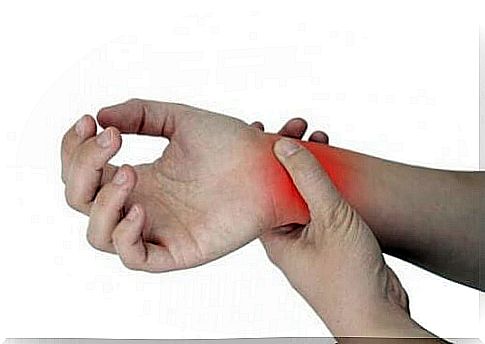
Who is at risk for tendon sheath inflammation?
Upper limb tendonitis tends to affect women more. People who play sports or do physical work, such as seamstresses, butchers and even dentists, can also develop it.
What are the symptoms?
- Pain in the wrist, ankle, sole of the foot or heel.
- Redness or swelling that lasts for several days. If this happens, you will be in pain even when you rest.
- Fingers and toes “creak” when you move them.
- Small nodules can appear on the finger and toes from the infection.
- Moving objects, walking and doing daily tasks takes a lot of effort and causes a lot of discomfort.
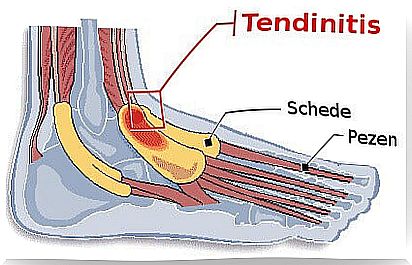
Where does it come from?
The main reason for inflammation of the synovial sheath is repetitive movements of the hands and feet, combined with poor posture that many assume without realizing it.
Any of these repetitive and constant movements cause excessive friction between the tendon and the bone to which it is attached. Repetitive movements and minor injuries to the sheath surrounding the tendon can lead to inflammation.
De Quervain’s Syndrome
One of the most common injuries associated with tendon sheath inflammation is De Quervain’s syndrome. De Quervain’s syndrome is a painful inflammation of the tendons in the thumbs.
Everyday tasks such as lifting a small child, sewing, typing, or even playing the piano can cause this type of tendon sheath inflammation. It can also be the result of a physical injury to the thumb, such as a small, invisible tear in the tendon. It can be painful and eventually a scar will form.
The scar that then arises can prevent the tendon from functioning properly. This is something to keep in mind as it can cause De Quervain syndrome.
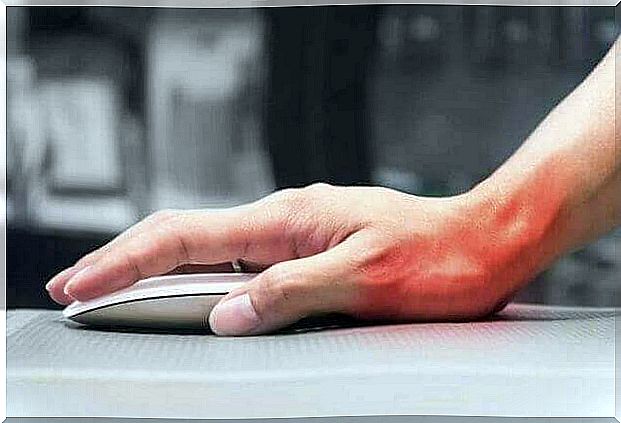
Treatment of chronic tendon sheath inflammation
The main goal of this treatment is to reduce inflammation. Your doctor will determine the best treatment for you. Combining medications with physical rehabilitation is the most common treatment.
- You should rest the hand or foot for a few days with a splint or bandage.
- Heat and cold therapy is also effective.
- Soaking the affected body part in a warm bath of rosemary water relaxes the muscles and relieves inflammation.
- Ginger tea is also highly recommended. It reduces pain and inflammation.
- Physiotherapy is a huge aid for the treatment of tendon sheath inflammation. You will also learn exercises that you can do at home to restore strength and mobility.
These basic treatments will reduce the tension and pressure on the tendons.
Finally, it is important to remember that tendon sheath inflammation can return, so you should pay attention to your posture and movements. Seek professional help, avoid overloading your body and remember that your joints and tendons are amazing resources that need more care than you might think.


